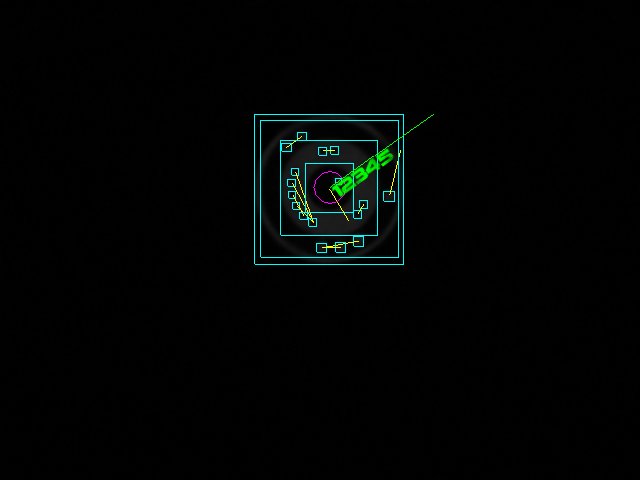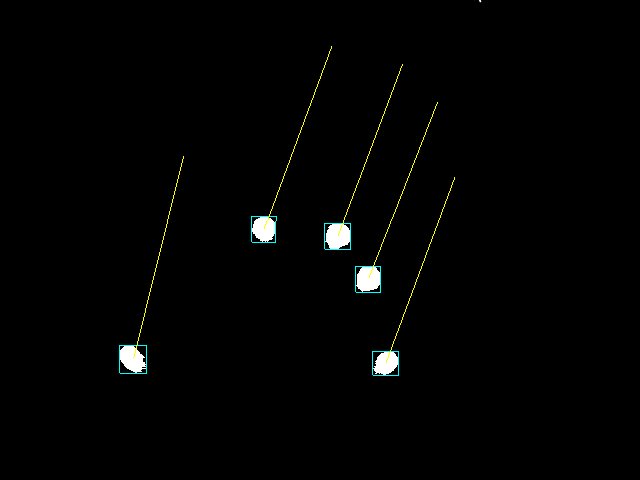In my previous posts we've discussed blob extraction and tracking. Now we'll take it one step further and design an event system to handle those events and deliver them to registered widgets. In this post we will focus on the event system and the widget base class. In the next post we will extend the …
Month: April 2011
In the post before last we discussed using cvBlobsLib as a tool for blob extraction. We're going to revisit the extraction theme and look at a C++ implementation of the Connected Component Labeling method, but before we do that we're going to look at an implementation of the Disjoint Set data structure that will provide …
In my last post we discussed blob extraction and event tracking. We will continue with that project by adding support for two-dimensional fiducial tracking. We will attempt to implement the fiducial detection algorithm used on the Topolo Surface1. We will first describe the fiducials and how their properties are encoded in their structure, and we …
In my previous post we discussed using OpenCV to prepare images for blob detection. We will build upon that foundation by using cvBlobsLib to process our binary images for blobs. A C++ vector object will store our blobs, and the center points and axis-aligned bounding boxes will be computed for each element in this vector. …
In this post I will discuss how you can capture and process images in preparation for blob detection. A future post will discuss the process of detecting and tracking blobs as well as fiducials, but here we are concerned with extracting clean binary images that will be passed to our detector module. We will use …



